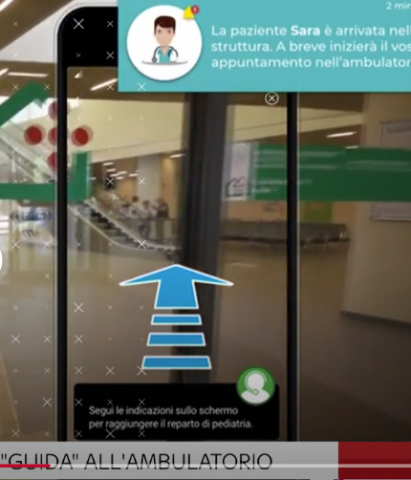Easy Hospital - Emilia Romagna
Emilia Romagna (Italy)
Easy Hospital is a mobile application that guides a person to a hospital for a medical care or examination. When the person gets to the hospital area, based on the services the user needs and her/his health characteristics, a wayfinding service is activated and she/he is guided to the right building and, inside the building, to the exact place where the service she/he booked will be provided.
While guiding the user to the service, the app provides additional services such as checking in the user at the building (so that the doctors know she/he’s there) and suggesting to pay for the service if payement is needed. Also the app provides additional useful information about point of interest in the hospital area: parkings, local public transport, bars, information desk, etc.
Following a demo video showing also 3D navigation that is under development.
https://tg24.sky.it/tecnologia/now/2019/11/28/icare-assistant-app-sanita
The service is now deployed at the Policlinico S.Orsola, the largest hospital area in Bologna, and after the experimental phase, will be extended to other hospitals in Emilia-Romagna region.
The information was collected using three different methods: Guerrilla Interview, ""shadowing"" observation and using a survey.
More precisely: the Guerrilla Interviews took place in 6 different places in the hospital. 46 people of different ages, categories and with different needs were interviewed.
The shadowing observation took place in 5 relevant places within the hospital and aimed to understand users' behaviors, needs and requests.
The survey collected the responses of 55 hospital employees who interact with patients on various topics: interaction with users, critical issues, orientation within the hospital, available resources, Covid-19, opportunities and suggestions. Attached to this entry the results of the user research.
